The Passetto di Borgo is a little known curiosity. It is a secret passage in the Vatican that dates from the Middle Ages and is still accessible today. It leads from the Vatican to Castel Sant’Angelo.
Partner-Links helfen uns dabei, unsere Informationen kostenlos bereitzustellen. Für abgeschlossene Buchungen erhalten wir eine Provision – ohne Mehrkosten für Sie! Mehr
Partner links help us to provide our information free of charge. For completed bookings we receive a commission – at no extra cost to you! More
I link dei partner ci aiutano a fornire gratuitamente le nostre informazioni. Riceviamo una commissione per le prenotazioni completate, senza alcun costo aggiuntivo per voi! Di più
Just a few meters from St. Peter’s Basilica is a narrow corridor, which is now called Passetto di Borgo. The Passetto, or “er Coridore de Borgo” (in the Roman dialect) is a mysterious fortified passage that connects the Castel Sant’Angelo with the Vatican.
The Vatican hill in the 9th century
In the middle of the 9th century, the area of the Vatican was still outside the city and was not yet the residence of the popes. On the hill stood the old St. Peter’s Basilica, which was built in the 4th century by Emperor Constantine on the burial ground where the tomb of the apostle Peter is believed to be. Craftsmen, taverns, accommodations, chapels and cemeteries for pilgrims of different nationalities were grouped around it.
The creation of the Passetto
After the attack of the Saracens in 844, Pope Leo IV (790-855) had the area around St. Peter’s Church surrounded by a high wall with a walkway. It bears his name, “Mura Leonine”. The enclosed area was named “Civitas Leoniana” or Città Leoniana after him.
At the end of the 13th century, Pope Nicholas III had the rampart covered in the 800-meter section of the wall between the Apostolic Palace and St. Peter’s Basilica. Thus the Passetto secret passage was created.
In the 15th century it was further expanded under several popes, most intensely by the Pope Alexander VI, who held the highest ecclesiastical office from 1492 to 1503. The wall was raised and a new rampart was built over the Passetto.
What the Passetto was for
Through this passage prisoners were led to the Castel Sant’Angelo prison without the public knowing. Furthermore, the Popes were able to flee to the Castel Sant’Angelo through the Passetto.
When the French King Charles VIII marched into Rome at the end of 1494, Borgia retreated to the secure Castel Sant’Angelo. At the Sack of Rome in 1527 by lansquenets, the secret path saved the life of Pope Clement VII. He fled in disguise to the Castel Sant’Angelo while the Swiss guards defended him with their lives. The traces of the attack can still be seen in the walls today.
The borgo
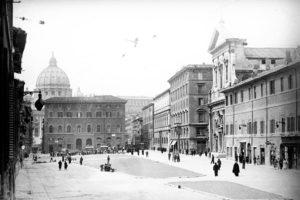
spina-di-borgo-1936/
The Borgia Pope Alessandro VI had a new road built on the occasion of the jubilee in 1500. It was called Via Alessandrina or Via Recta and led from the Angel Bridge in a straight line to the Apostolic Palace. Along the Via Alessandrina, the Borgo nuovo, with artisans, servants, priests and religious, devel
A part of the Borgo nuovo, the so-called Spina di Borgo, which blocked the way to St. Peter’s Basilica like a stopper, was torn down in 1936 and the wide Via di Conciliazione is located there today. The Via di Conciliazione sidewalk on the right, in the direction of St. Peter’s Basilica, is where the Via Alessandrina used to be.
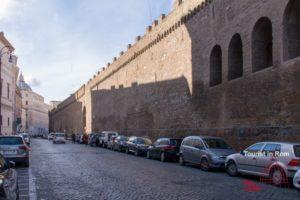
Construction of the new St. Peter’s Basilica began in 1506. Since the space in the Città Leonina was no longer sufficient, Pope Pius IV decided in 1545 to build a new wall. It went from the bastions of Michelangelo, on the corner of Piazza Risorgimento / Via di Porta Angelica, to Castel Sant’Angelo. Between the Passetto and the new wall, the Borgo was built, in which the staff of the Vatican lived. The military lived here with its families, craftsmen, servants and prostitutes and there were taverns and everything that was needed for life. Even today, the winding alleys exude the atmosphere of that time. It was the time of conquering America and the beginning of a new time. In Rome, however, medieval conditions continued to exist until the end of the Papal States in 1870.
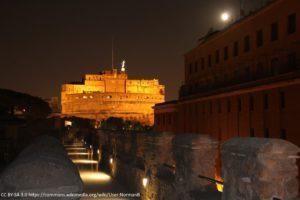
The Passetto lost its function as a defensive wall and through arches were realized. The piece of the new wall erected by Pope Pius, which stretched from Piazza del Risorgimento to Castel Sant’Angelo, was torn down in 1888.
The Passetto today
It begins at the Apostolic Palace behind the Colonnades of the Bernini and then runs along Via dei Corridori and Via Borgo Sant’Angelo to Castel Sant’Angelo. You can see the Passetto from the Castel Sant’Angelo from above.
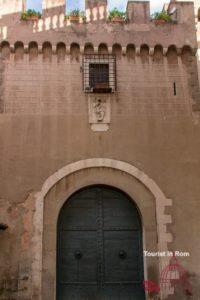
Somewhat hidden behind the Colonnades of the Bernini is the “Porta San Pellegrino” gate. It is one of the oldest gates in the wall and Leo IV left a long inscription here. Alexander VI Borgia had the two towers erected with the battlements in 1492. Through this gate the pilgrims came from the north to St. Peter’s Basilica. With the construction of St. Peter’s Square the gate became useless and it was closed in 1563. Today it serves as entrance to the barracks of the Swiss Guard.
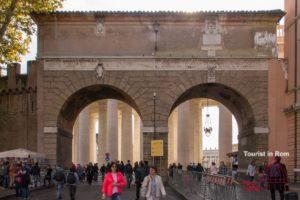
At the end of Via di Porta Angelica is the gate, which is now called Porta Angelica. Before the wall of Pius IV was torn down, the Porta Angelica was on the other side of Via di Porta Angelica in Piazza di Risorgimento. However, above the left arch of today’s Porta Angelica is the emblem of Pius IV with six spheres – Palline. The right arch was built by the municipality of Rome in 1933 and bears the city emblem SPQR.
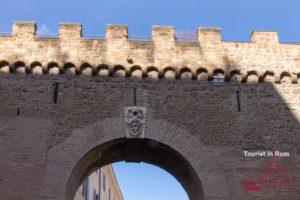
If you continue to follow the Passetto, you will pass further archways that connect the Città Leonina with the Borgo. On Via della Traspontina, car traffic struggles through two arches, the Porta Castello. Here, too, the left bow bears the emblem of Pius IV and the right bow the emblem SPQR. The Passetto continues to Castel Sant’Angelo and crosses Piazza Adriana and the moat with arches from more recent times.
Eating in the Borgo
The Borgo offers food in every price range. The McDonalds at Borgo Pio donates food for the homeless, at Alice Pizza in Via delle Grazie you get a quick pizza al taglio.
You can eat very well at most restaurants. If you see locals or a priest in the restaurant, that’s a guarantee of quality.
More about St. Peter’s
More about the Vatican
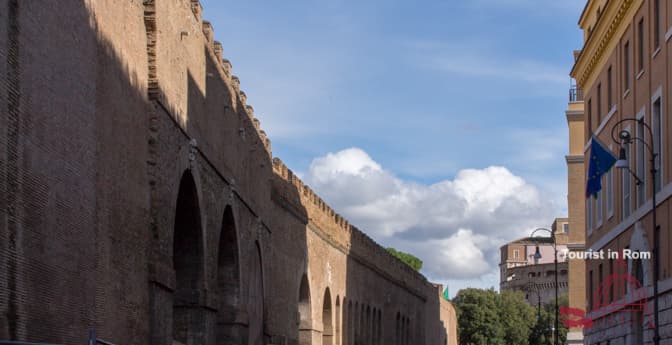

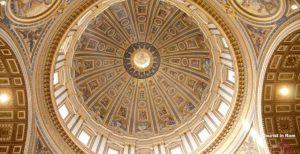
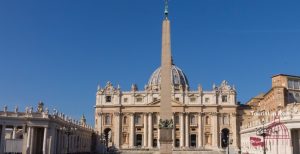
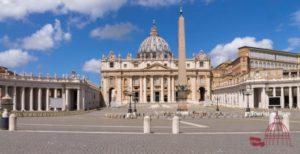
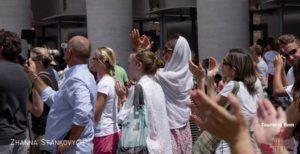
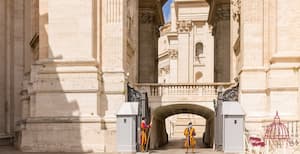
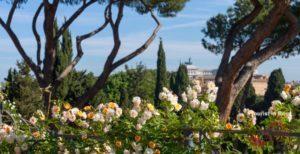
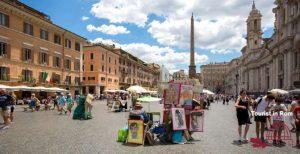
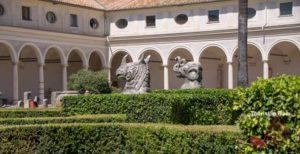

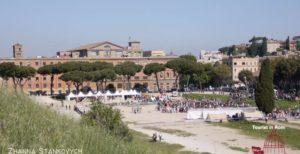
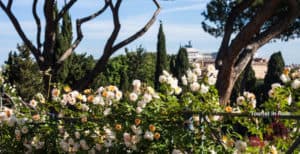
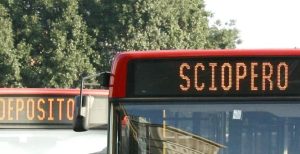
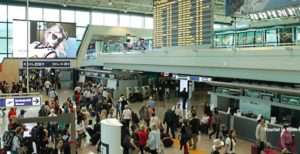
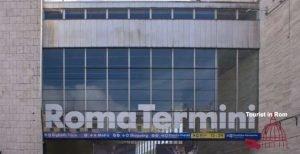
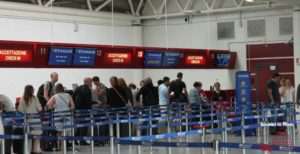
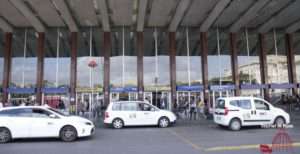
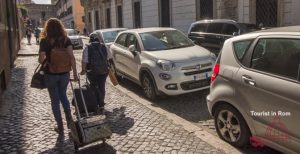
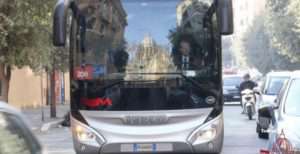
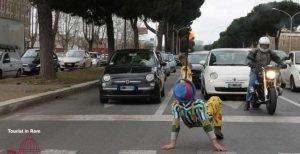
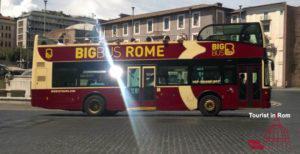
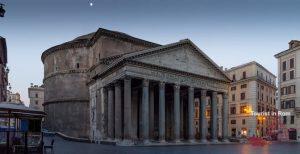
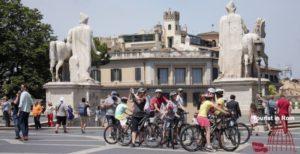
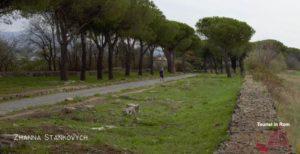
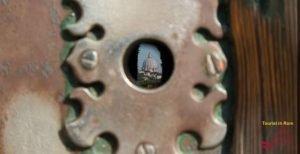
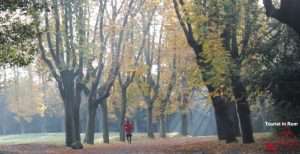
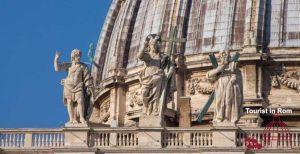
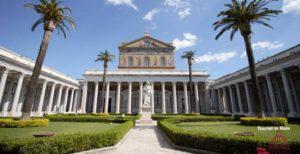
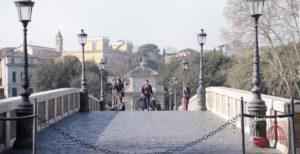
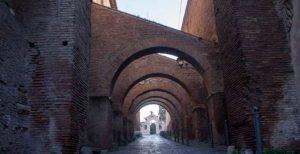
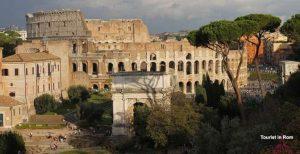
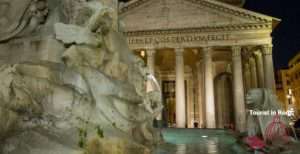
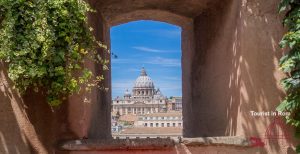
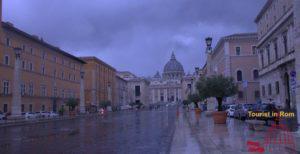
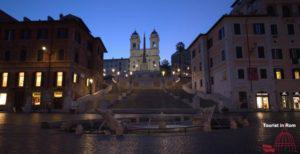
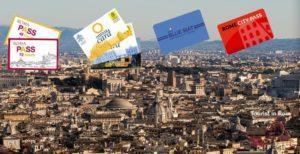
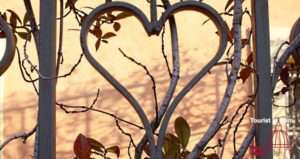
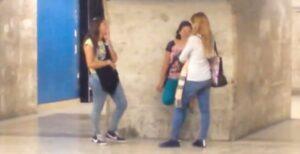
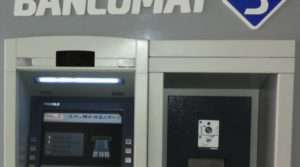
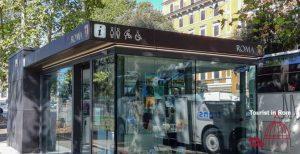
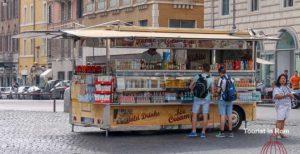
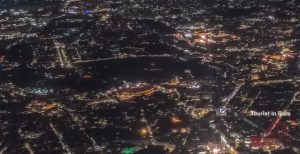
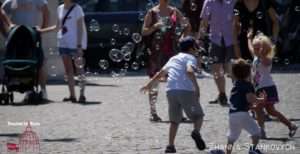
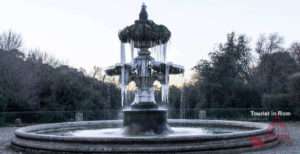
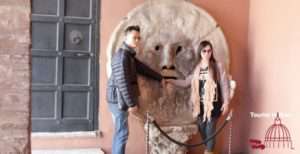

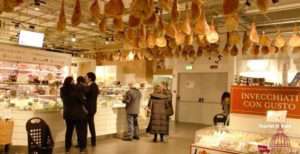
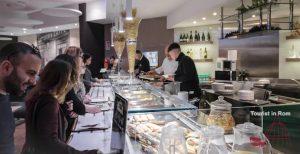
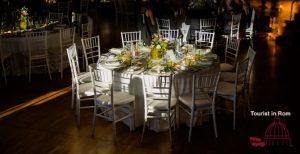
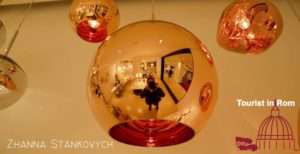
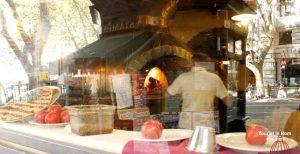
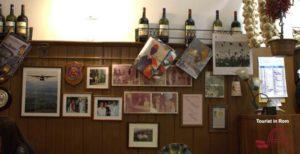
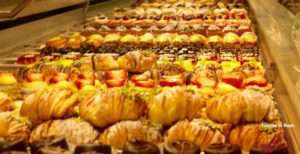
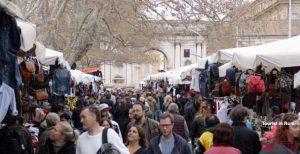
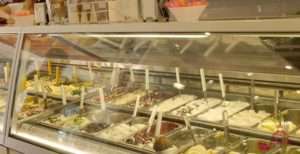
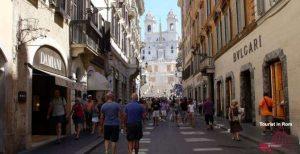
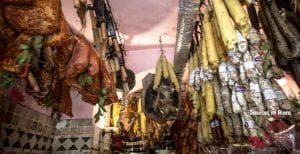
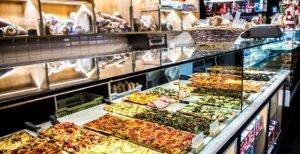
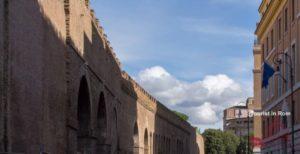
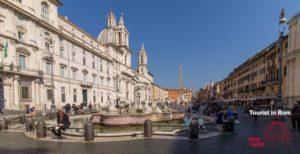
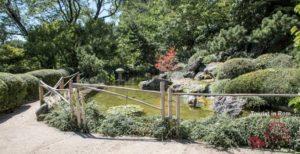
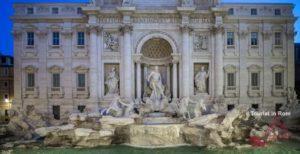
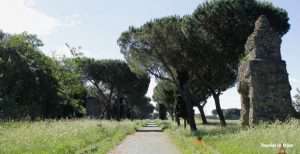
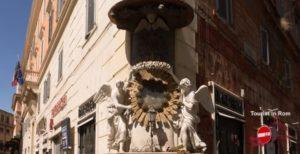
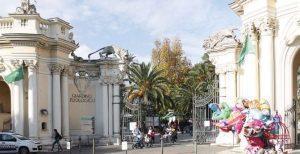

hi
just wondering if the Passetto di Borgo – the tunnel between the vatican and the castel sant angelo is always open and if not – when is it open and how to buy tickets.
Many thanks,
Hello, the Passetto is currently closed for restoration work and it is unknown when it will be accessible again. There will then be guided tours called “Il Castello segreto” – the secret castle, twice a day in Italian and English. The tours will be available on the Internet and, if places are still available, they can also be reserved at the Castel Sant’Angelo ticket office.